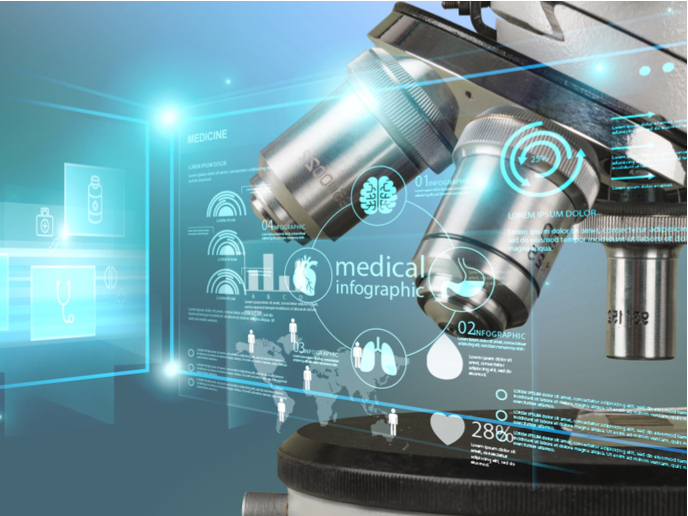Continuous manufacturing means lower-cost biopharmaceutical products
Although biopharmaceuticals are effective drugs for treating a range of pathophysiological conditions, their high costs keep them out of reach for many patients. According to Gorazd Hribar, coordinator of the EU-funded nextBioPharmDSP (Next-generation biopharmaceutical downstream process) project, their high cost is the result of the complexity of the drugs themselves and the complicated manufacturing procedures used to produce them. “Biopharmaceuticals are made by biosynthesis in living cells, which is followed by a number of purification steps, each done separately in so-called batch processing,” explains Hribar. “This is a very time consuming and costly procedure, where each and every step is followed by careful analytics and confirmation of quality.” Continuous manufacturing represents a disruptive alternative to this traditional step-by-step method. Unlike batch manufacturing, continuous manufacturing is composed of integrated (i.e. physically connected), continuous unit operations with zero or minimal hold volume between. Hribar and his team of researchers are helping to spearhead this transition towards continuous manufacturing. “Such a process has the potential to not only substantially reduce the costs of manufacturing biopharmaceuticals, but also expand patients’ access to these highly efficient drugs,” he says. Advanced technologies and solutions To lower the cost of biopharmaceutical development and manufacturing – and thus the end product – nextBioPharmDSP researchers focused their efforts on downstream processing (DSP). This is the purification process of biopharmaceuticals, where all impurities are removed and the desired quality achieved. In batch manufacturing, this is done via a series of individual chromatographic steps, filtrations, and final concentration and formulation. But with nextBioPharmDSP, these individual steps are replaced with continuous chromatography all the way to the final connected downstream process. This is possible thanks to single use continuous chromatography manufacturing-scale equipment developed by the project. “This continuous approach reduces the use of expensive protein A resin, allowing us to achieve a substantial reduction in costs,” explains Hribar. Furthermore, the integration of continuous chromatography, together with the implementation of flow-through purification steps, results in the efficient removal of impurities and guarantees the quality of the final product. To ensure high product quality and efficient control of the process, advanced analytical tools for real-time monitoring of quality attributes are also incorporated. Increased productivity and reduced costs The benefits of implementing such connected and continuous downstream processes are many. For example, although the complete DSP only takes up 30 m2, it is capable of processing material from a few thousand-litre bioreactors in just 24 hours. This in turn drastically reduces the required facility size compared to current standards. With its single-use equipment, the entire process becomes flexible and mobile, meaning manufacturers can adapt production demands to market need. As a result, facility investments have decreased by at least 35 %, running costs by 30 %, and material costs by 50 %. But continuous manufacturing also brings environmental benefits, including a 25 % decrease in CO2 emissions, reduced water consumption, and less energy use. “The most impressive outcome of this project is the establishment of a fully integrated continuous manufacturing platform for biologics,” says Hribar. “This means faster times to market, more affordable drug prices, and a distinct competitive advantage for companies using this process.”
Keywords
nextBioPharmDSP, biopharmaceutical, continuous manufacturing, batch manufacturing, pharmaceuticals, biologics, downstream processing, DSP







